Becoming a simultaneous language interpreter for conferences is a demanding yet rewarding endeavor. Let’s delve into the essential skills and knowledge required for this challenging profession:
Language Proficiency:
Excellent command of all working languages is fundamental. A simultaneous interpreter must seamlessly switch between languages, finding the right expression instantly.
Cultural awareness is equally crucial. Understanding customs, traditions, slang, and dialects across countries where the languages are spoken enhances interpretation accuracy.
Quick Thinking and Concentration:
Simultaneous interpreting demands rapid cognitive processing. Interpreters must stay alert, process vast amounts of information, and maintain focus during extended sessions.
The ability to anticipate what the speaker will say is essential. Mental agility ensures smooth interpretation.
Technical Mastery:
Interpreters need working knowledge of various topics, including politics, science, economics, law, and more. While not experts, they must understand specialized terminology.
An active vocabulary of 20,000 to 30,000 words (and a passive vocabulary exceeding 150,000 words) is common among skilled interpreters.
Physical and Mental Stamina:
Simultaneous interpreting can be grueling. Stamina is vital for maintaining focus and clarity throughout lengthy conferences.
The best interpreters remain invisible, allowing seamless communication between counterparts.
Cross-Cultural Diplomacy:
Interpreters act as conduits, bridging cultural gaps. They must be sensitive to diverse ways of handling situations.
Diplomatic skills and the ability to blend in without adding personal bias are essential.
Formal Education:
Post-graduate education in conference interpretation is now almost mandatory. Formal training refines skills and provides exposure to real-world scenarios.
Supervision by experienced trainers during the learning process ensures growth.
Experience and Practice:
10,000 hours of practice in both consecutive and simultaneous interpretation are necessary for mastery.
Interpreters often start by gaining experience in smaller settings before handling large conferences.
In summary, simultaneous interpreters are linguistic acrobats, balancing language, culture, and context.
Their ability to facilitate seamless communication makes them indispensable in the global arena of conferences and events.
For Professional Simultaneous Interpretation Systems and Equipment for Rent, CONTACT US.
Servicing The Philippines and Asia.
Language Proficiency:
Excellent command of all working languages is fundamental. A simultaneous interpreter must seamlessly switch between languages, finding the right expression instantly.
Cultural awareness is equally crucial. Understanding customs, traditions, slang, and dialects across countries where the languages are spoken enhances interpretation accuracy.
Quick Thinking and Concentration:
Simultaneous interpreting demands rapid cognitive processing. Interpreters must stay alert, process vast amounts of information, and maintain focus during extended sessions.
The ability to anticipate what the speaker will say is essential. Mental agility ensures smooth interpretation.
Technical Mastery:
Interpreters need working knowledge of various topics, including politics, science, economics, law, and more. While not experts, they must understand specialized terminology.
An active vocabulary of 20,000 to 30,000 words (and a passive vocabulary exceeding 150,000 words) is common among skilled interpreters.
Physical and Mental Stamina:
Simultaneous interpreting can be grueling. Stamina is vital for maintaining focus and clarity throughout lengthy conferences.
The best interpreters remain invisible, allowing seamless communication between counterparts.
Cross-Cultural Diplomacy:
Interpreters act as conduits, bridging cultural gaps. They must be sensitive to diverse ways of handling situations.
Diplomatic skills and the ability to blend in without adding personal bias are essential.
Formal Education:
Post-graduate education in conference interpretation is now almost mandatory. Formal training refines skills and provides exposure to real-world scenarios.
Supervision by experienced trainers during the learning process ensures growth.
Experience and Practice:
10,000 hours of practice in both consecutive and simultaneous interpretation are necessary for mastery.
Interpreters often start by gaining experience in smaller settings before handling large conferences.
In summary, simultaneous interpreters are linguistic acrobats, balancing language, culture, and context.
Their ability to facilitate seamless communication makes them indispensable in the global arena of conferences and events.
For Professional Simultaneous Interpretation Systems and Equipment for Rent, CONTACT US.
Servicing The Philippines and Asia.

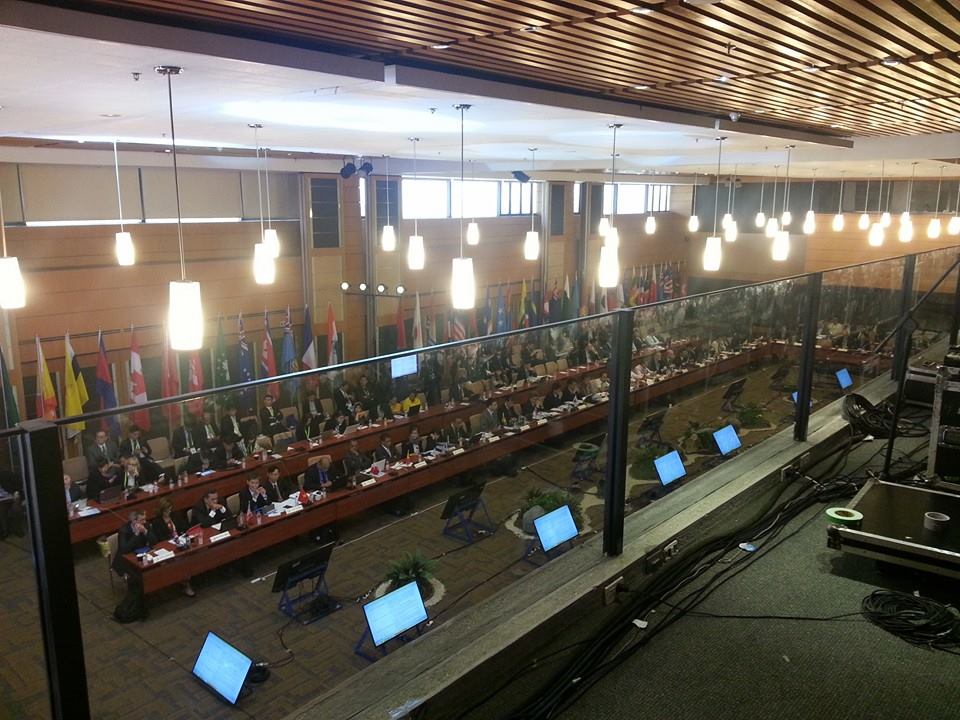
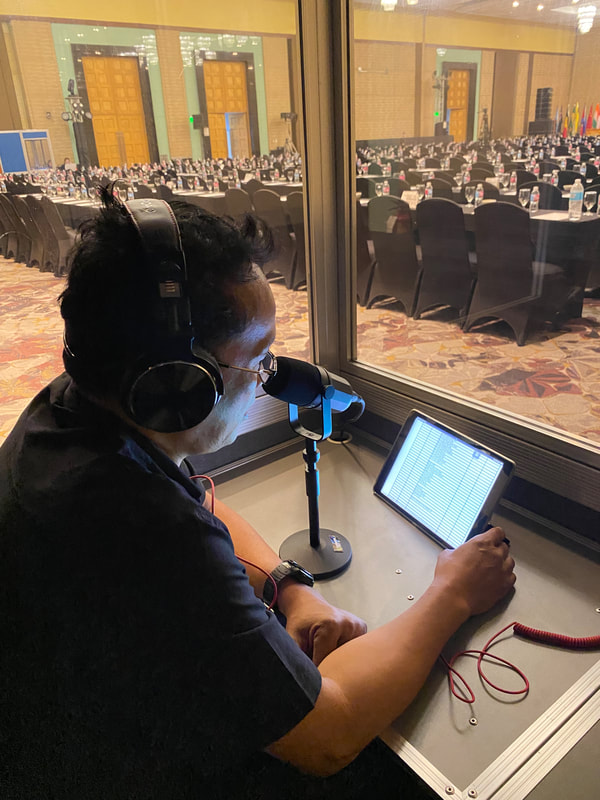
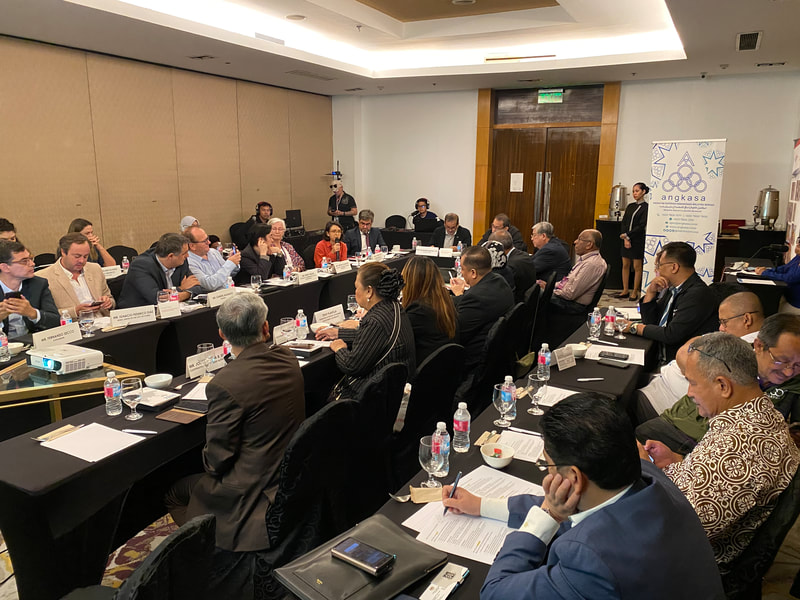
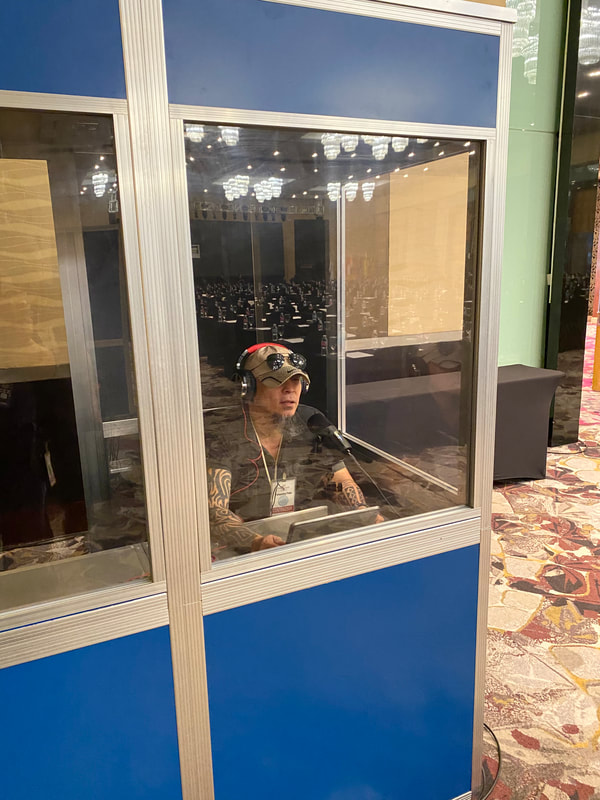
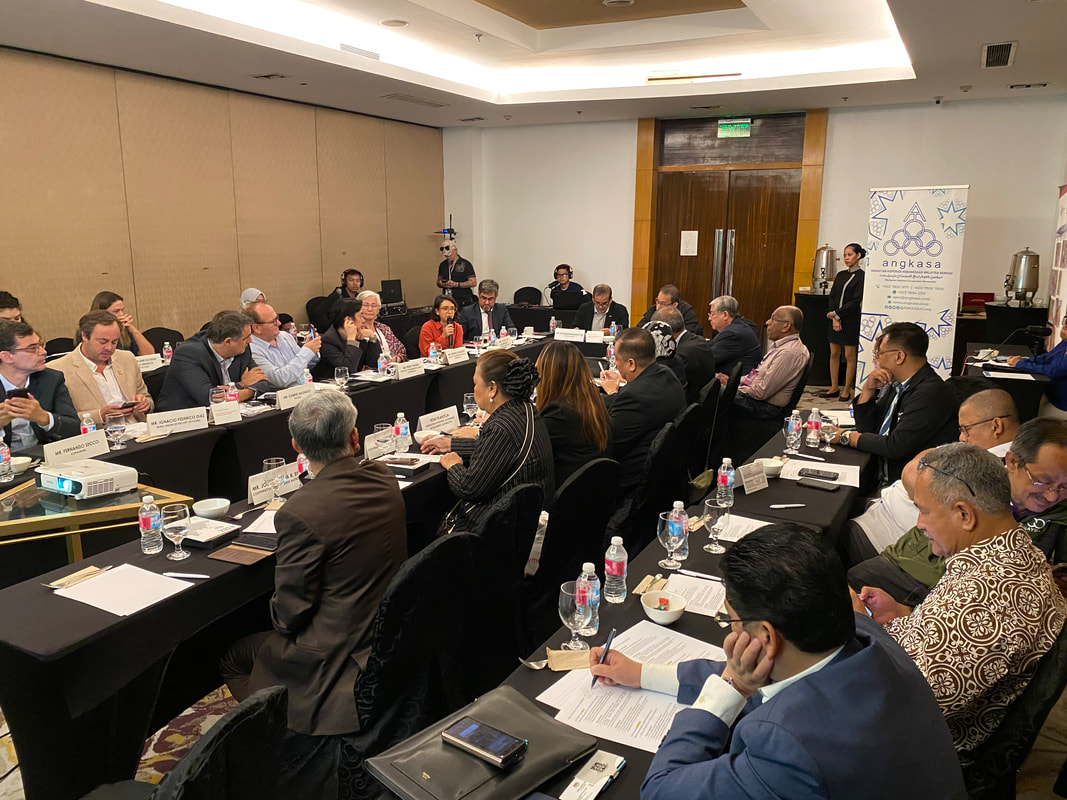
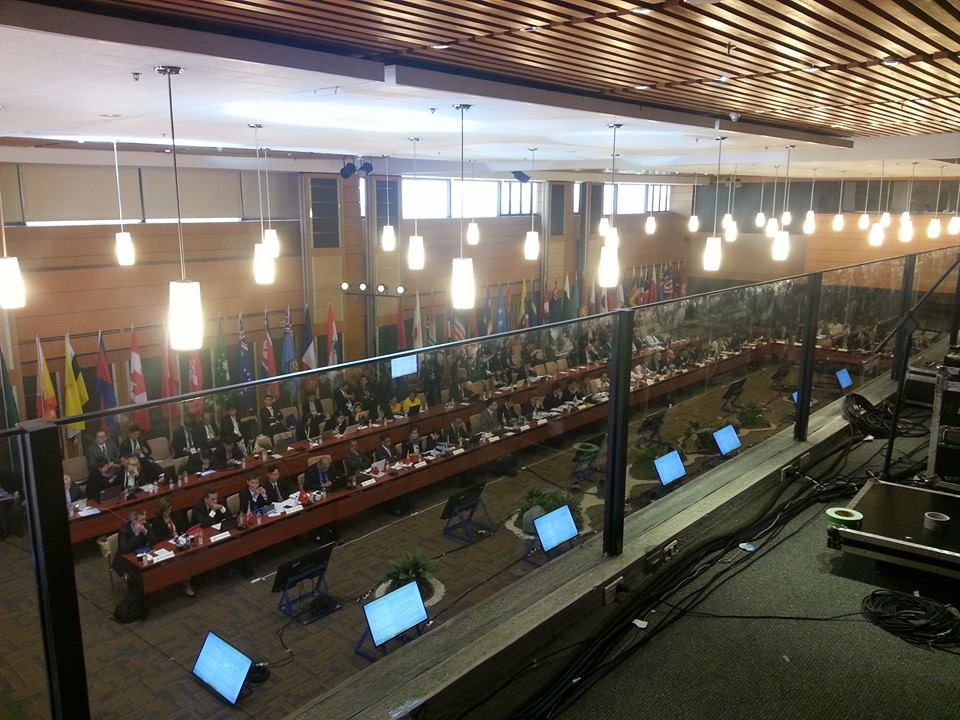
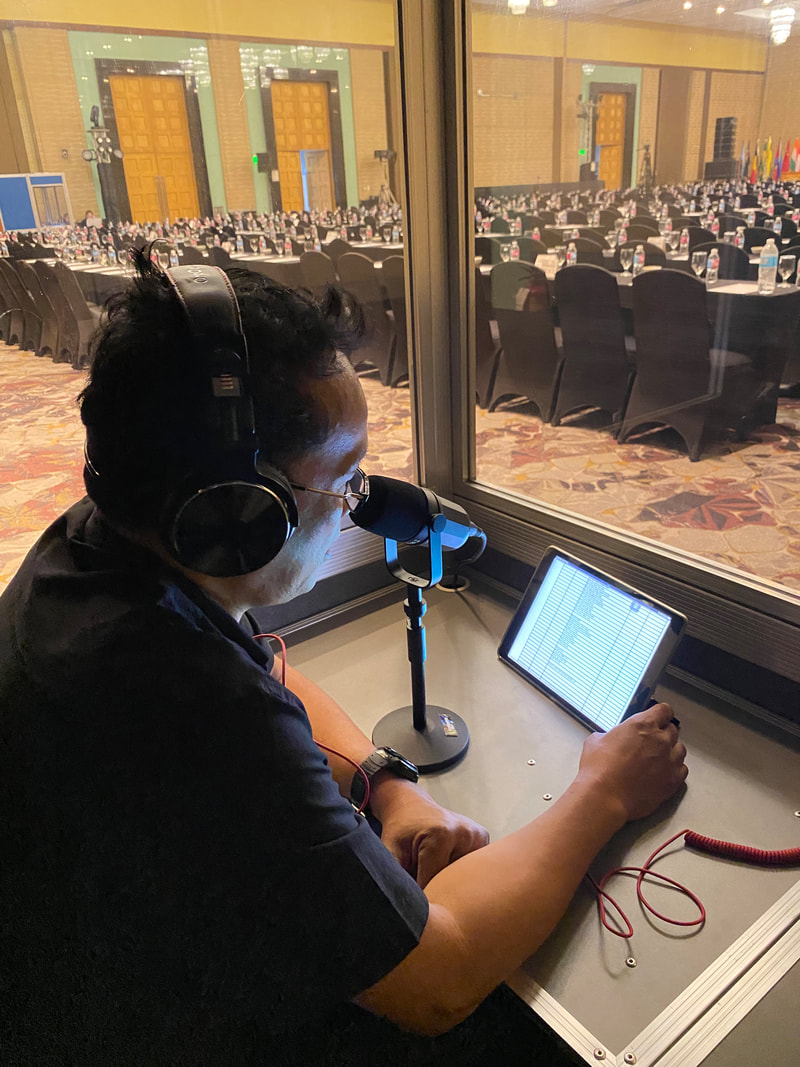
 RSS Feed
RSS Feed
